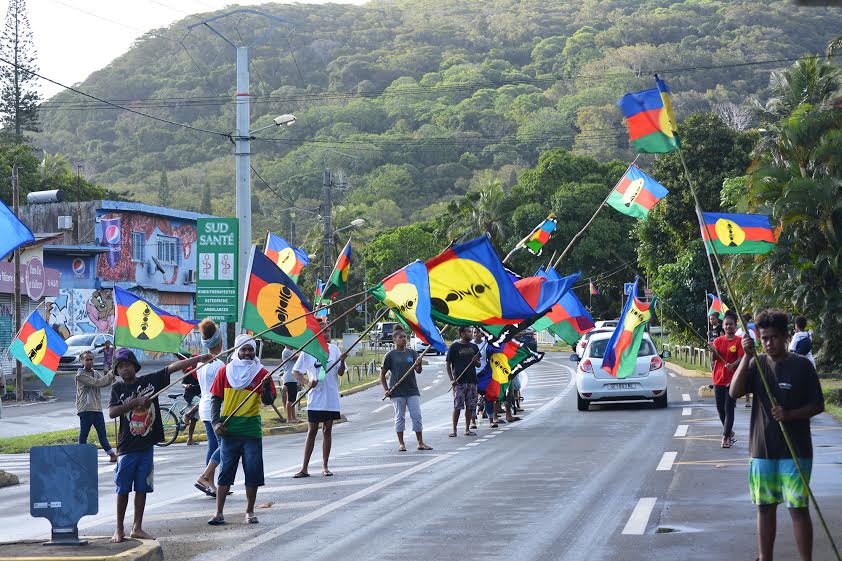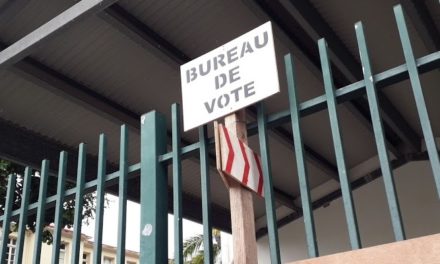The South Pacific archipelago od New Caledonia voted, on Sunday, October 4, to remain in France. A majority of voters (53,3%) chose to reject independence but the score went down by 3,4 points for the so-called Loyalists (pro-France) since the first referendum held in November 2018 (56,7%).
However, the pro-independence movement has made progress in almost every municipality with 46,6% of the vote (against 43.3% in 2018) in this second referendum.
Historical turnout
The other major lesson of this referendum is the historical turnout with more than 85% of the population casting their vote.
Police forces confirmed that the election campaign was widely peaceful even if social networks often spread rumours of public disorder during the election, but none of this happened.
Third referendum
The New Caledonian institutions foresee that a third and final referendum might be held within two years. And even if there’s an obvious dynamic for the “Yes” for independence, there’s a high probability that the “No” vote will prevail, once again, 2022.
Common destiny
What should be done then? The results of this second referendum is an yet another invitation to the table of negotiations – for all local political – to discuss and imagine tomorrow’s New Caledonia and the “common destiny” that might unite all communities that make up the Caledonian society.
In a TV speech broadcasted shortly after the announcement of the results, French president Macron called out for dialogue again.
- Main photo > Young people near La Conception, in the Mont-Dore commune, near Nouméa.




